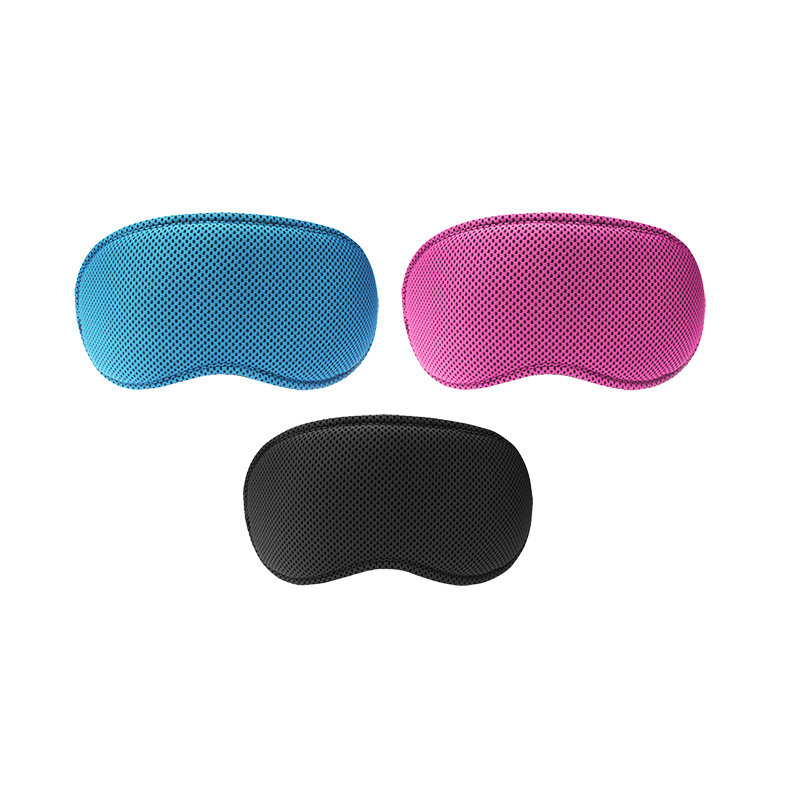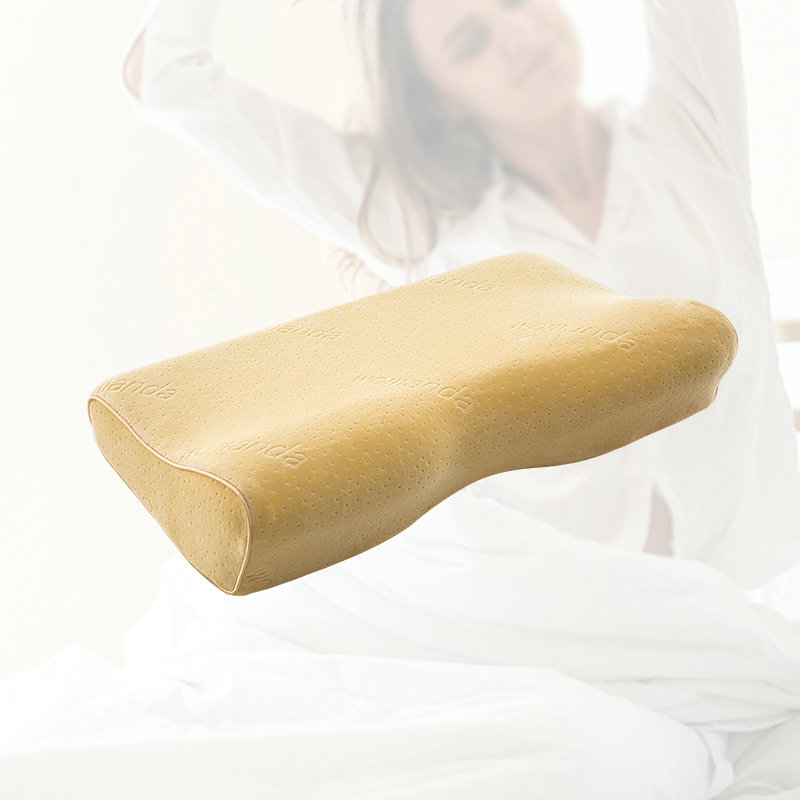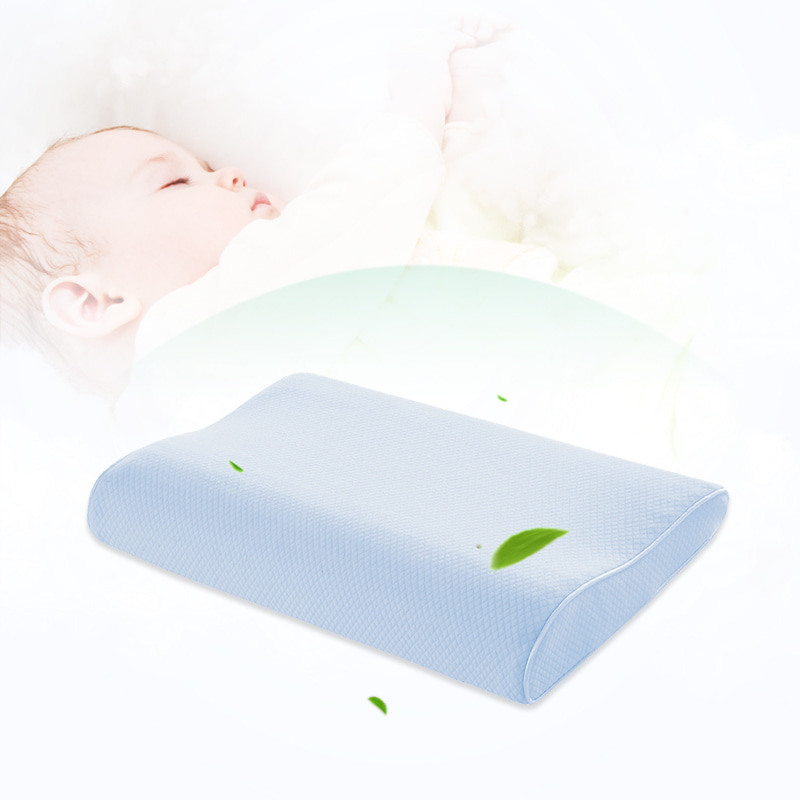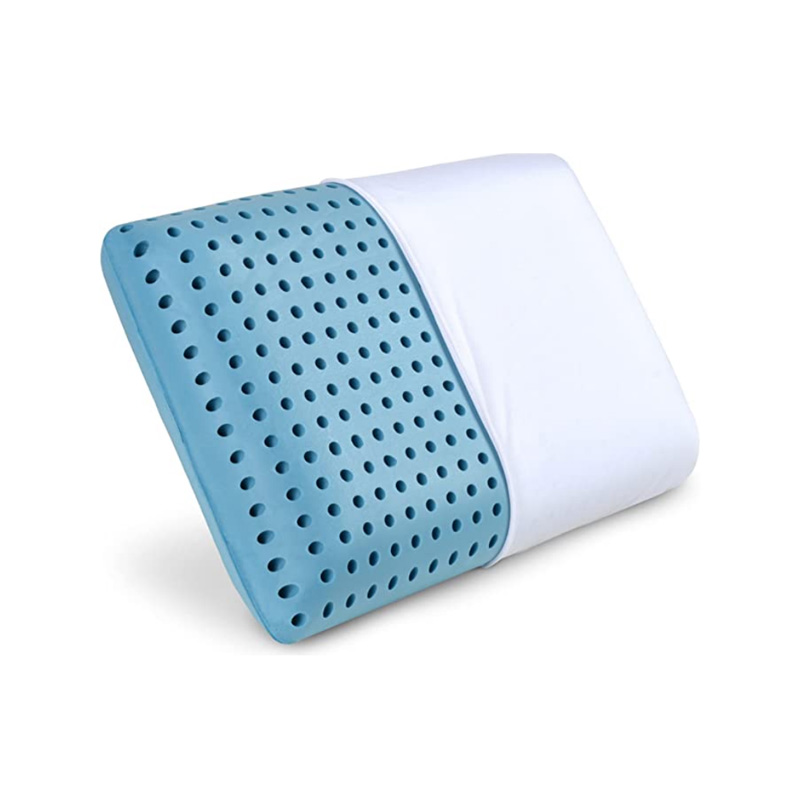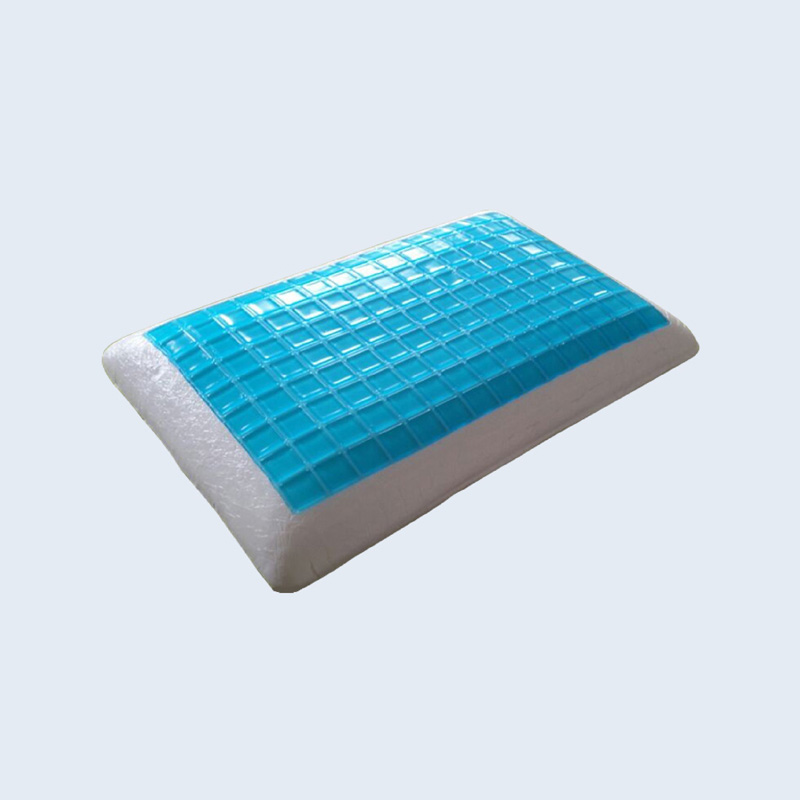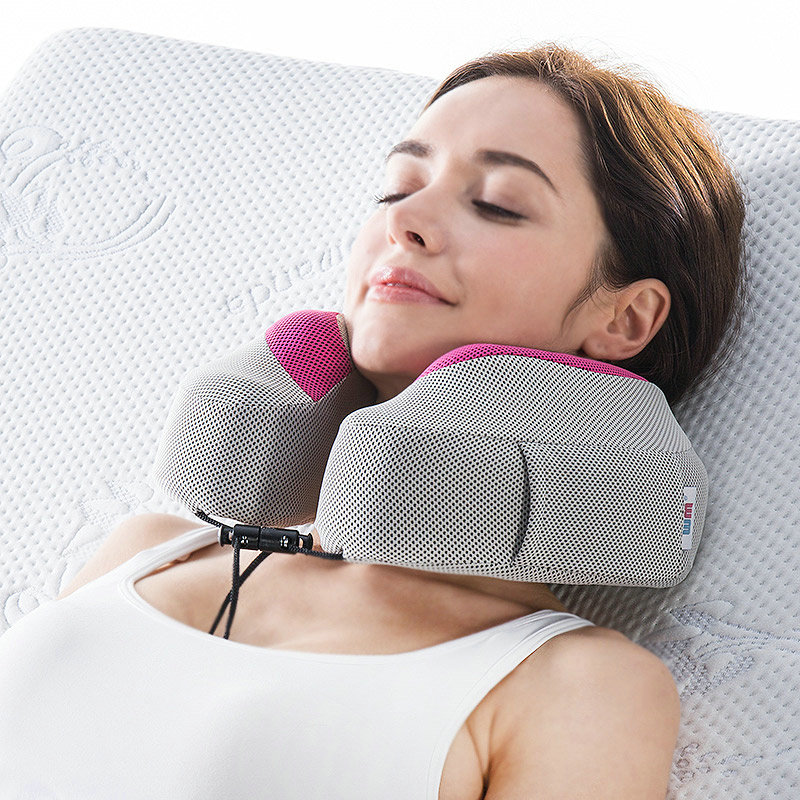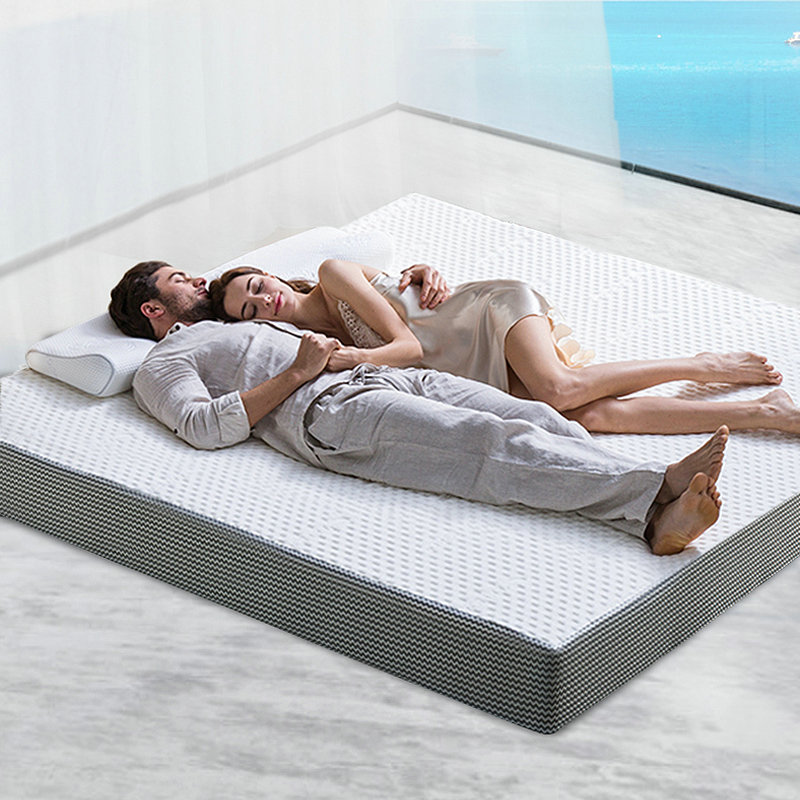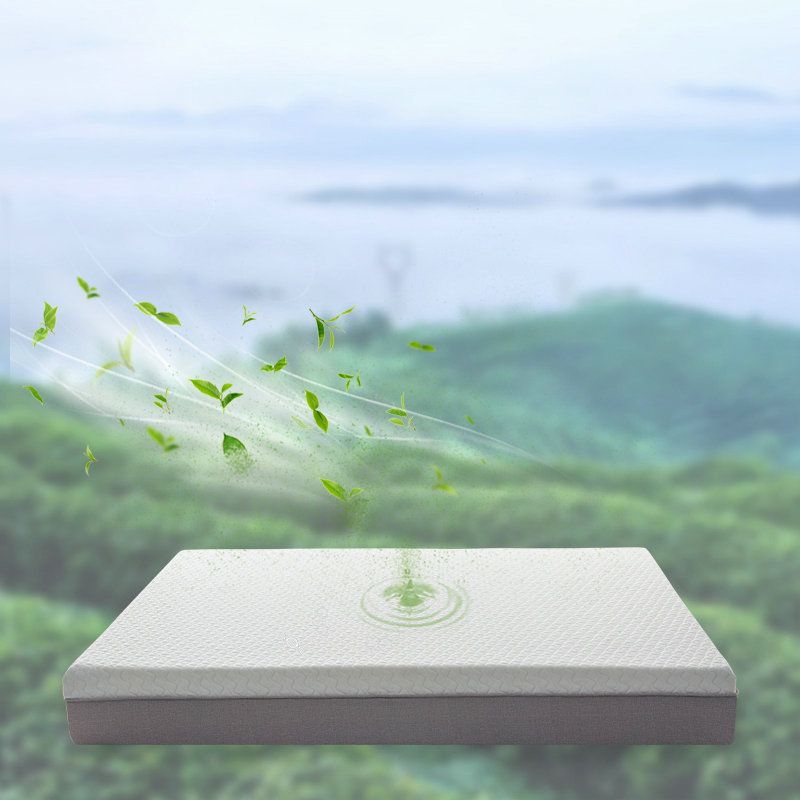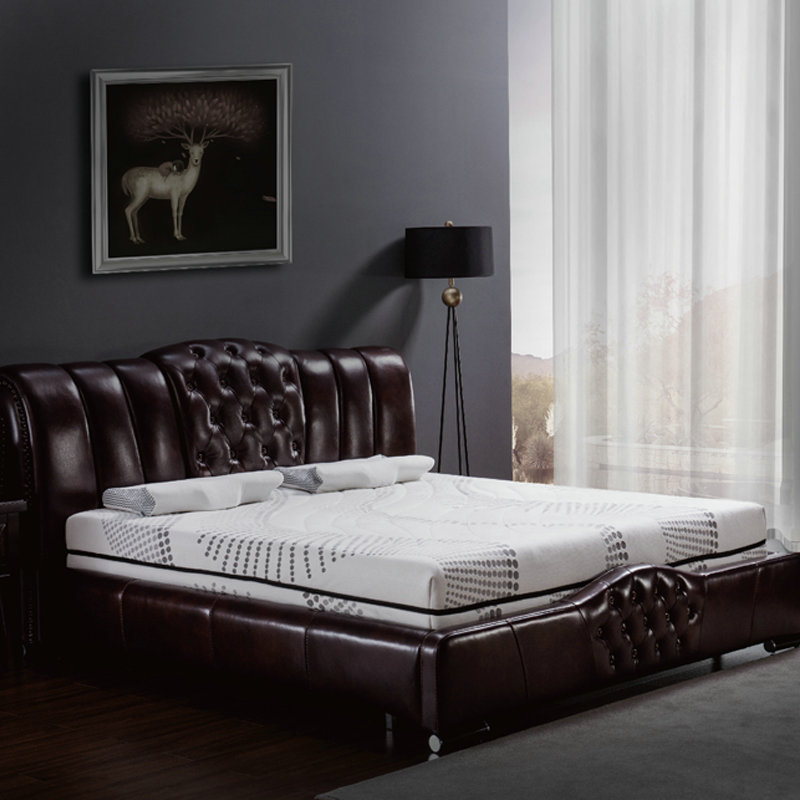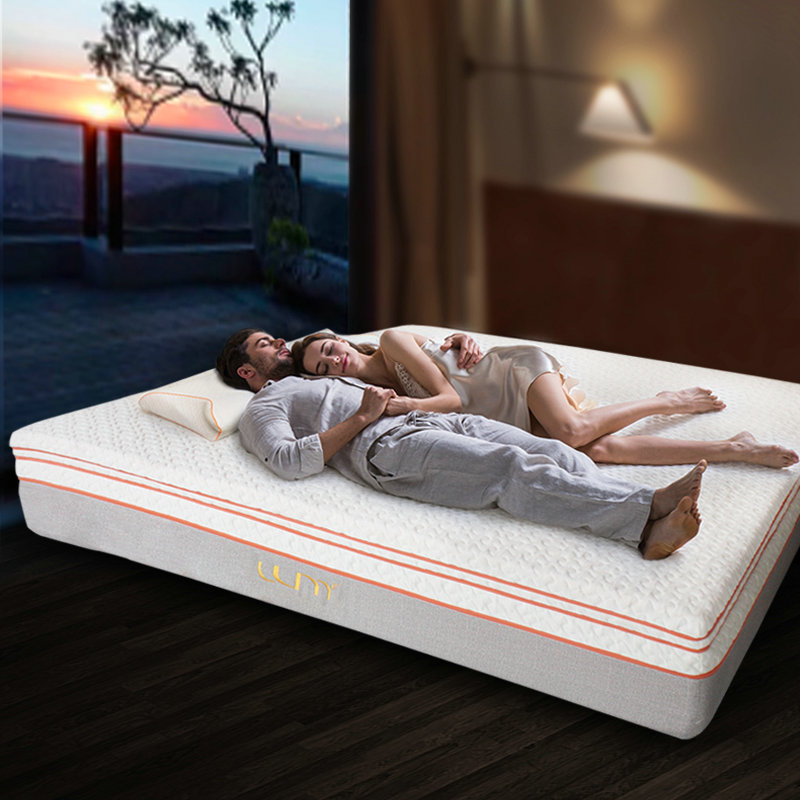The distributed support structure in a
Memory Foam Eye Mask is designed to provide targeted and balanced support for the sensitive eye area. This structure involves dividing the mask's foam or cushioning into different zones or segments, each with specific properties to address various parts of the eye and surrounding areas. Here's how the distributed support structure is designed to provide support for the sensitive eye area:
1. Segmentation:
- The mask's foam is divided into distinct segments or zones that correspond to different parts of the eye and face, such as the eye sockets, brow bone, sinuses, and bridge of the nose.
- Each segment is engineered to have a specific density, thickness, or contour to cater to the unique anatomical features of the eye area.
2. Pressure Distribution:
- The segmented structure ensures that pressure is distributed evenly across the eye mask, preventing concentrated pressure points that could lead to discomfort.
- By targeting specific areas with appropriate support, the design minimizes strain on the delicate tissues around the eyes.
3. Customized Support:
- Different segments offer varying levels of support based on the sensitivity and pressure sensitivity of each area.
- For example, the brow bone might have a softer zone to prevent pressure on the eyelids, while the eye sockets may have slightly firmer support.
4. Ergonomic Contouring:
- Each segment is contoured to match the curvature of the face and eye region.
- This ergonomic design ensures that the mask fits snugly and provides consistent support without gaps.
5. Flexibility and Adaptability:
- The distributed support structure is engineered to be flexible and adaptive, allowing the mask to conform to different face shapes and sizes.
- The foam's responsiveness ensures that the mask adjusts to the user's individual facial contours.
6. Enhanced Comfort:
- By providing support to specific areas, the mask can alleviate tension and strain that may arise from traditional flat designs.
- Users experience a more comfortable and relaxed sensation, especially during extended wear.
7. Pressure Relief:
- The structure works to relieve pressure from areas prone to discomfort, such as the bridge of the nose or the sinus region.
- Users are less likely to experience soreness or irritation after using the mask.
8. User Feedback Integration:
- Engineers often refine the distributed support structure based on user feedback and testing.
- Iterative design adjustments ensure that the mask's support aligns with users' comfort needs.
9. Durability and Longevity:
- The distributed structure aims to maintain its support properties over time, even with repeated use and deformation.
- Memory foam's inherent characteristics contribute to the structure's durability.
10. Material Compatibility:
- The foam's composition and the mask's outer fabric are engineered to work harmoniously with the distributed support structure, maintaining comfort and performance.
